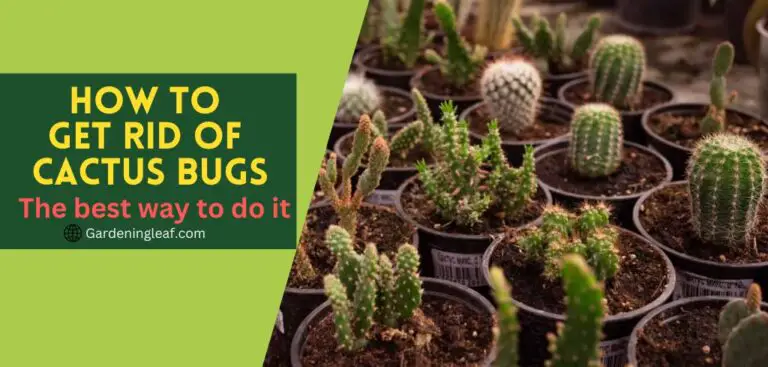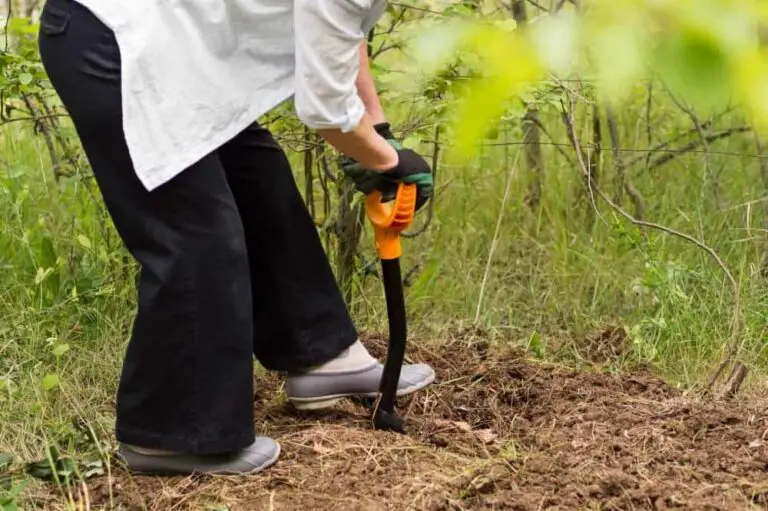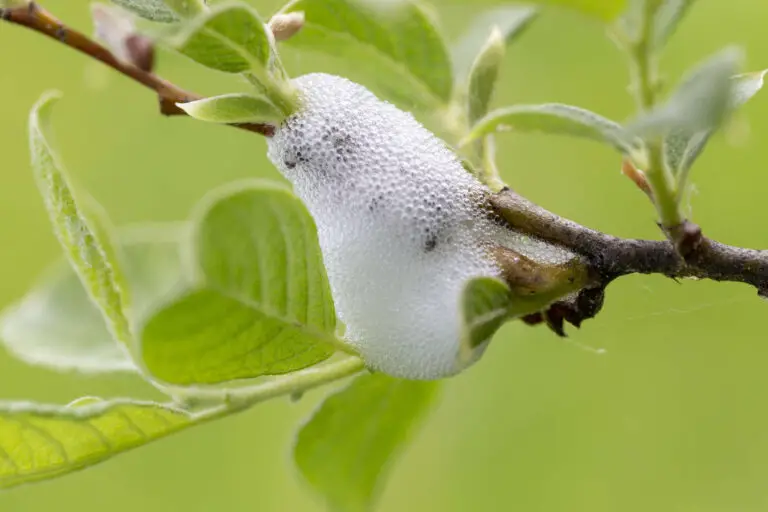How to Get Rid of Clover Mites Naturally: Effective Methods
Clover mites, known as Bryobia praetiosa. They can become a major nuisance when left unchecked. These tiny, long-legged arachnids feed on common lawn plants and can infest your home.
These tiny creatures measure about the size of a pinhead. They must gather in large numbers to be detected with magnification. They are oval-shaped, and their front legs are longer than their back legs. It gives them the appearance of antennae. This blog post will share some effective, eco-friendly methods how to get rid of clover mites naturally, From simple home remedies to preventative measures.
Characteristics of Clover Mites
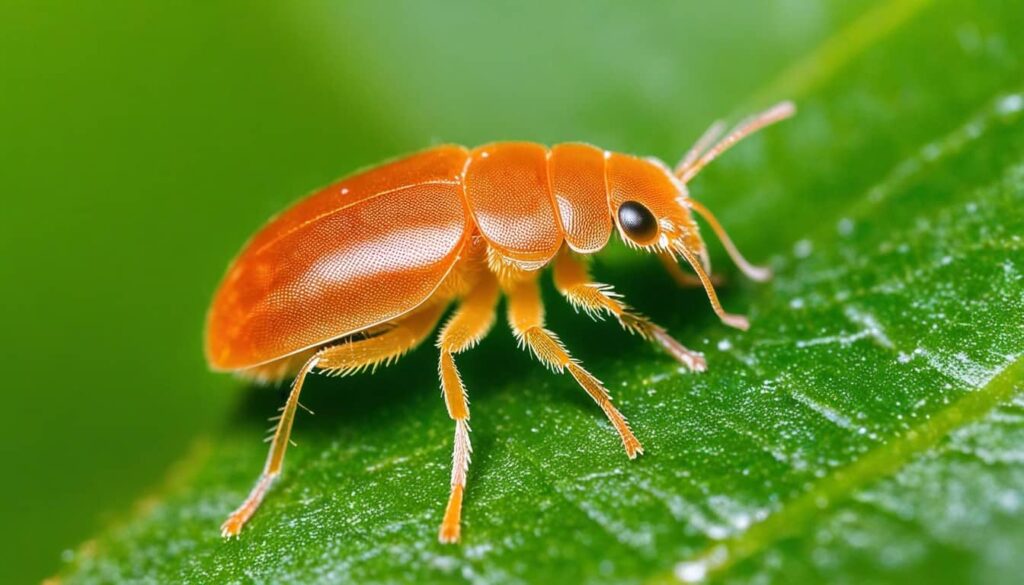
Clover mites are difficult to spot with the naked eye due to their small size, measuring about 1/30 inch. They stand out with their red or reddish-brown color, setting them apart from other mite species. These tiny bugs have elongated mouthparts designed to pierce and extract plant sap. Their rapid reproduction leads to large infestations, which can cause significant damage.
All clover mites found are females. Who reproduce through asexual means and carry out the gestation process. Adult clover mites can lay eggs at their discretion. It also allows them to multiply and overrun homes. Unlike chiggers, these mites do not bite humans or pets. But squashing them can result in a red stain.
Natural Methods How to Get Rid of Clover Mites Naturally
Vacuuming
Vacuuming infested areas can control clover mites. Use a vacuum cleaner with strong suction to target windowsills, rugs, upholstery, and woodchips. Where clover mites tend to hide. To prevent clover mites from escaping and re-infesting your home. You need to empty the bag or canister of your vacuum cleaner.
Washing Affected Areas
To remove clover mites, washing affected areas with hot, soapy water is essential. This includes windowsills, rugs, upholstery, and woodchips. Use a garden hose or pressure washer to spray affected plants, shrubs, and turf. Pay close attention to crevices, bark, and foliage. These are common hiding spots for clover mites.
Insecticide
Applying insecticide is another option when dealing with a clover mite infestation. There are several natural solutions and insecticides available. That can target and end these pesky pests. Search for products that have neem oil or pyrethrin as ingredients. Which are effective against mites and less harmful to the environment.
Avoiding Over-Fertilizing the Lawn
Over-fertilizing the lawn can lead to an increase in red clover mites. Choose slow-release organic fertilizers to reduce the frequency of application. To prevent clover mites, water the lawn thoroughly and regularly. Regular lawn mowing prevents the growth of clover mites.
White vinegar or dish soap
Create a solution by mixing water and white vinegar in a spray bottle. Apply the solution to the affected areas to kill the mites with acetic acid. Or, spray dish soap with water on the infested plants. The soap will suffocate the mites and hinder their ability to reproduce. Continue these treatments as needed until the infestation is resolved.
Boric acid
Another natural option to consider for getting rid of clover mites is boric acid. The application of boric acid causes damage to the mites’ exoskeleton. Which results in dehydration and their eventual death. To treat infested areas, apply a thin layer of boric acid around windowsills, entry points, or any other affected areas. Be cautious not to use excessive amounts as it may harm nearby beneficial insects. Repeat the application as needed until the population of clover mites is reduced.
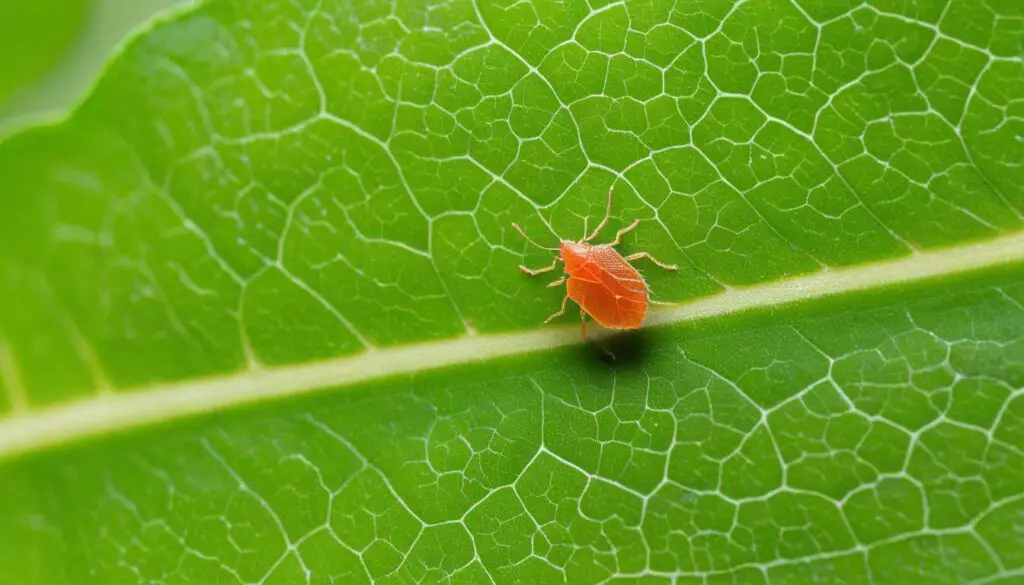
Preventive Measures Against Clover Mites
Which makes getting rid of them from an area where they are present difficult. So, the most important first step is getting rid of clover mites. Below are a few steps in controlling clover mites.
- Remove plants from the foundation of your house: Remove plants from your house. It is a key preventive measure against clover mites. These pests are drawn to vegetation and tend to gather near the base of buildings. When you remove plants. They lose their favorite place to live and are less likely to be near your home’s foundation.
- Seal entry points: Clover mites can enter homes through small doors, windows, and wall breaches. Check your home for entrance spots and caulk or weatherstrip them.
- Keep your lawn well-maintained: Regular mowing and maintaining your lawn help keep clover mite populations under control. Clover mites thrive in tall grass and overgrown areas.
- Remove debris and clutter: Clover mites are attracted to dark, damp environments. Remove any debris or clutter around your home that could provide shelter for them. Clear away leaves, mulch, and other organic material near your foundation.
- Use natural deterrents: Several natural substances can deter clover mites. To repel clover mites, create a barrier by sprinkling diatomaceous earth around your home’s perimeter. Additionally, spraying water and peppermint essential oil on affected areas can be effective.
- Apply insecticide: While natural methods control clover mites, sometimes applying insecticide becomes necessary. If the infestation continues, use a chemical spray designed for clover mites. Select an indoor product and follow the instructions for safe and effective application.
- Pest control: Regular pest control will help you to maintain a clover mite-free home.
Are Clover Mites Harmful to Humans?
Clover mites are harmless to humans. They do not bite, sting, or transmit diseases. Yet, their presence can be distressing and leave red stains when crushed. It’s essential to control clover mite populations to prevent infestations.
Conclusion
If you do not get rid of clover mites in a timely manner, It can cause lots of harm in your home or garden. Following the above information on how to get rid of clover mites naturally, you can ensure a mite-free environment.
Remember that while clover mites are harmless to humans, their presence can be distressing and leave stains when crushed. Taking proactive measures to prevent infestations is key.

